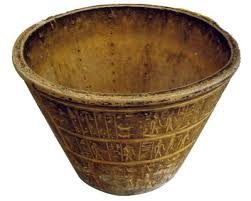Horology is defined by the art or science of measuring time, such as watchmaking. Horology is a complex process which is full of mathematical processes in order to succeed in creating an accurate watch. Ilan Vardi describes mathematics as language with the use of equations and formulas however what distinguishes it from other subjects is the idea of philosophy. For example, the understanding and completion of any mathematics problems tends to be by discovering the order in things. Mathematicians and watchmakers share very similar interest;his job is to establish a sequence that tracks the measurement of time. the series of events that allows the clock to show the correct time and continue the constant measuring of time.
But what is time? I believe its important to emphasis to children the actual value of time. We all know that counting 60 seconds = 1 minute and 60 minutes = 1 hour. Similar to place value, this can be a very difficult process for children to first understand.
Dave Allen demonstrates how complication teaching time can be.
https://www.youtube.com/watch?v=0QVPUIRGthI
Giving children a background to why time is important (keep track of days, weeks, seasons etc.) would be a more efficient form of guiding their understanding. If they understand the importance of time keeping and why humans use the units we do, they would see the relevance of the subject rather than being told how to read a clock. Before discussing how we record time nowadays, we could consider teaching about sundials or Egyptian water clocks. By learning about other measurements of time can highlight how we can came to using the clock/watch today.
Egyptians waterclock were one of the first timekeeping devices that did’nt use the sun, in the 16th century BCE. It worked by recording the flow of water dripping at a constant rate from a bowl through the a small hole in the bottom. As the water levels went down and several markings in the container allowed them to know how much time has passed. i found it particularly interesting to discover that the Egyptians also used an instrument called merkhet, that followed the alignment of the stars in order for them to know what time of night it was. They identified 10 hours of night because of the 10 stars and then gave 1 hour for the sunset and sunrise, giving a total of 24 hours day and night. This is an interesting fact as to why we still use 24 hours today!


This finding again, highlights that maths is everywhere and has been for a very long time. This encounter of the origin of time has gave me a deeper understanding of why we record time today and how essential maths has been to creating the world and life that we live today.

